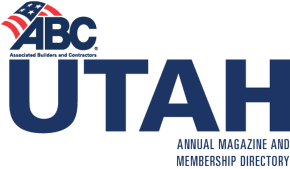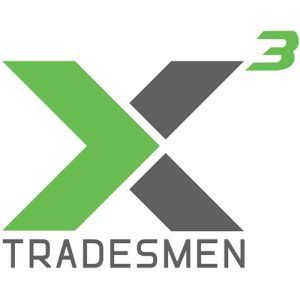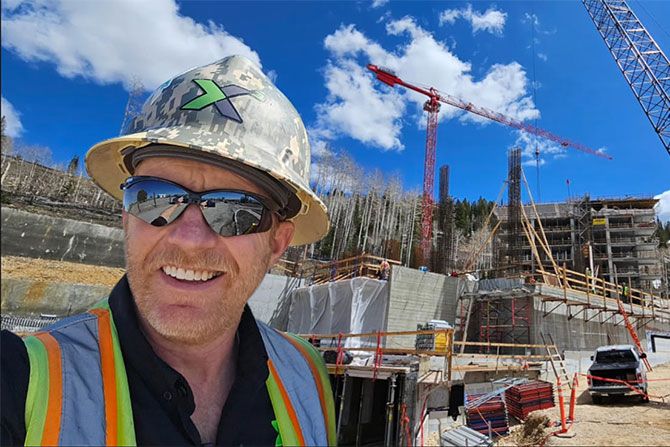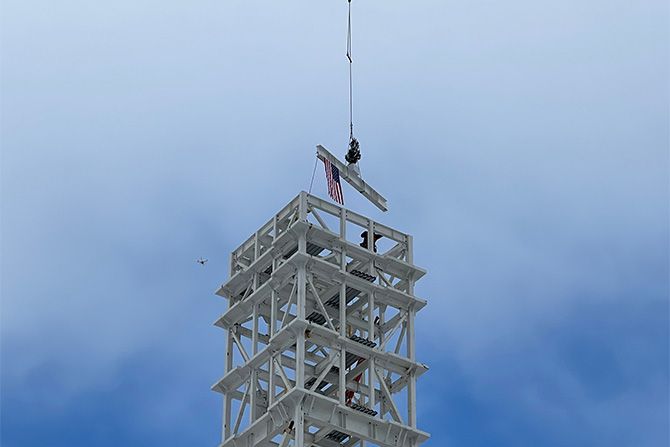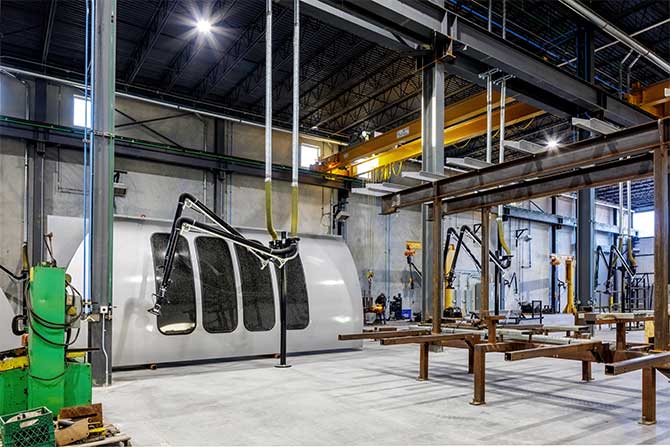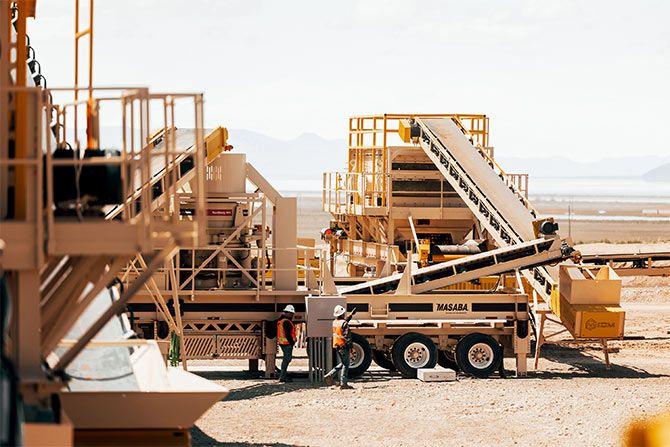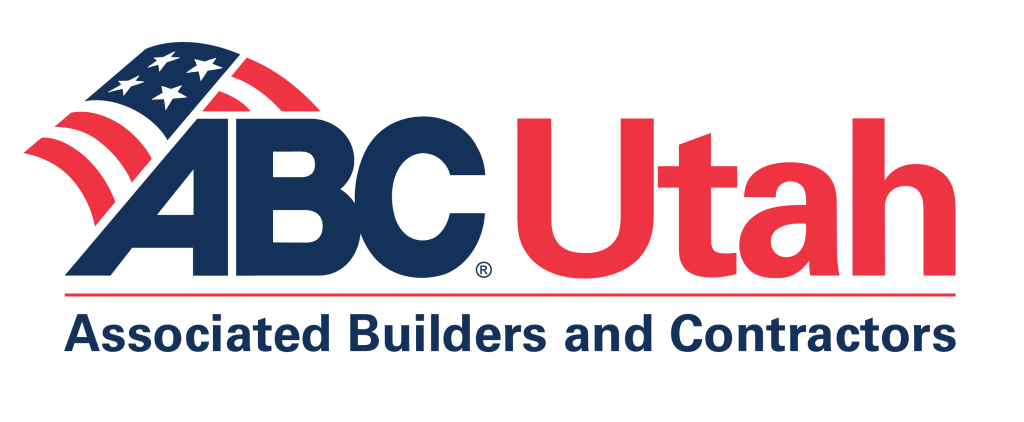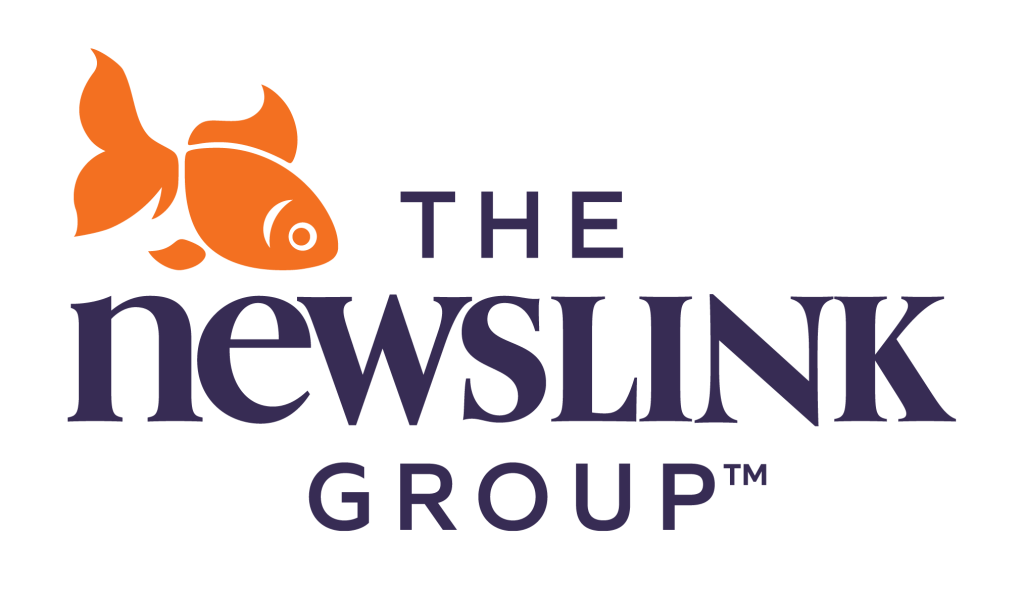In construction, we work in environments that demand strength, dedication and precision. But no matter how skilled we are, none of it matters without safety. The difference between coming home at night to the things we love and the ones we love, or ending up in a hospital or worse, often comes down to our mindset. That’s why creating buy-in to safety isn’t just a checklist item; it’s a cultural commitment. It’s who we are or who we need to become.
Programs That Create Safety Buy-In
Most companies have safety programs in place — weekly toolbox talks, safety training and PPE protocols. But programs don’t create culture on their own. People do. That’s where buy-in matters most.
At X3 Tradesmen, we’ve developed systems that make safety personal and visible. One of our most effective tools is the 30-30-30 Program — every 30 minutes, stop for 30 seconds and look 30 feet around to ensure that the environment you are working in is safe for you and for those around you. This constant rhythm of accountability and care keeps safety top of mind — and top of heart.
We also implemented the Safety Key Program, which is a visual reminder that safety is not optional. Every worker receives a physical key for their keychain. It’s a simple, powerful token meant to stay with them every day — a reminder that you are the key to your own safety and for the safety of those around you. The most dangerous thing a construction worker does is drive their car! We created the key so that you can put it on a key chain to remind you to make safe choices, not only while you are at work, but on your way to and from work. These programs must be designed to create buy-in. Use them and repeat them to your teams over and over. Tony Robbins once said, “Reputation is the mother of skill.”
The Belief Window: Changing the Narrative Before the Injury
Great safety programs are not enough. We all know that our employees still skip important steps and fail to follow safety procedures such as locking out a panel or clipping in for fall protection. Often, it’s what we call a belief window. It’s the internal narrative that says, “I’ve done it this way for years and have never been injured.”
But then something happens. There’s an accident. A close call. A tragedy. And just like that, the belief window shifts: “I’ll never take that risk again.”
The problem is that by the time that shift happens, it might be too late. Our goal must be to create buy-in early enough to shift the belief window before the incident. We need to help our teams understand that safety isn’t about luck — it’s about discipline, action and habits.
The Brain: The Power of Thought and Action
Our brains are incredible neuronets of thought, habits and associations. Every action we take is linked to a belief, and every belief is tied to experience. If we want safety to become second nature, we have to build a neuronet around it, a deep mental map where safety is not just a rule, but a reflex.
That only happens by strengthening our minds to think safety first through repetition. When leaders walk the walk and reinforce safety as part of who we are, not just what we do, we build a workforce where safety is instinctual, not situational.
Safety of the Body … and the Mind
Here’s a sobering truth: Suicide in construction is five times more common than all of OSHA’s Fatal Four combined. That should stop us in our tracks.
Safety can’t just be about hard hats and harnesses. It has to be about our hearts. We need to create a culture where mental health is openly discussed — where people feel safe enough to ask, “I’m checking in on you. How are you doing today?” and for people to respond, “I’m not okay today.”
Building a culture of safety isn’t about checking boxes — it’s about changing hearts, shifting mindsets and reinforcing values every single day. Whether through physical reminders like a safety key, consistent communication like the 30-30-30 Program, or courageous conversations about mental health, real buy-in happens when people feel seen, valued and responsible for one another. When safety becomes part of our identity — not just our policy — we don’t just protect lives on the job site; we strengthen the very core of our communities.
To learn more, visit x3tradesmen.com.
